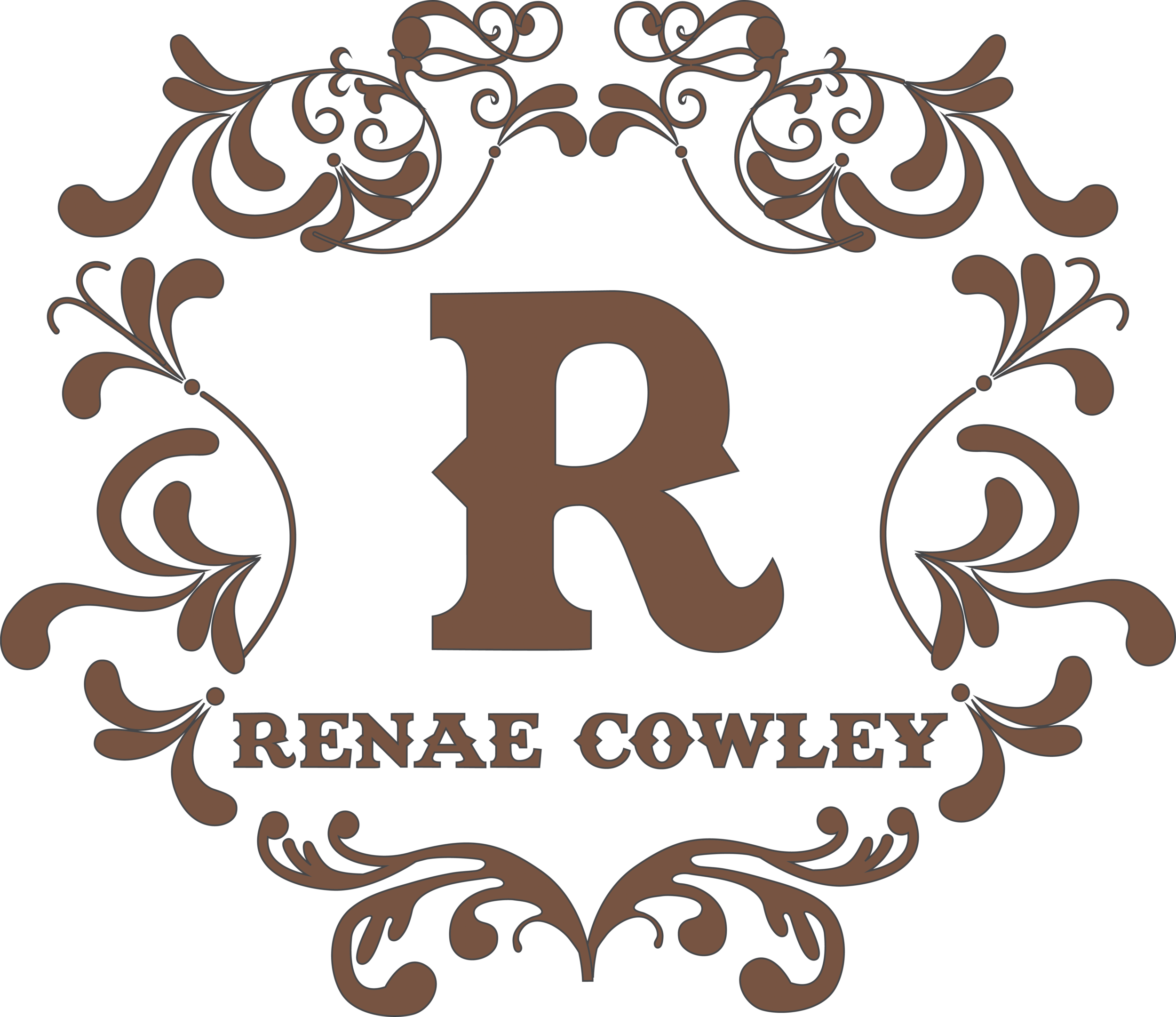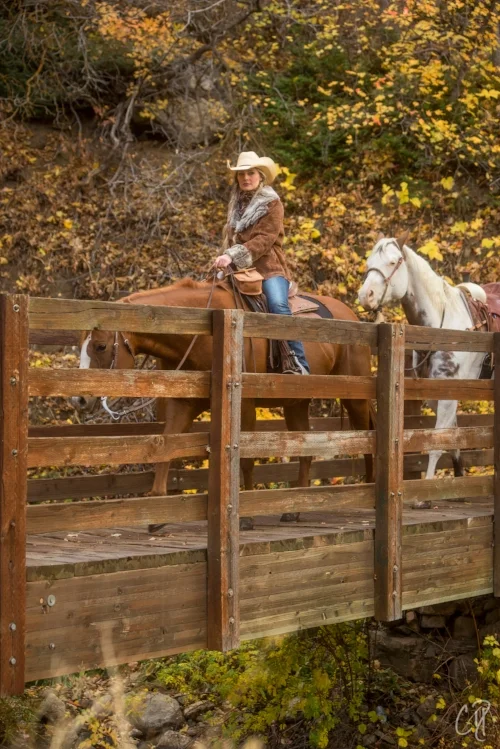How Broke is Your Horse?
Every horse trainer has their unique method of training horses. Some dedicate long hours in the round pen, others swear by a strong foundation of groundwork, some log countless hours outside the arena to improve a horse's skills inside the arena. I have always subscribed to a combination of the best technique from the notable and upper echelon trainers I have had the privilege of loping circles with. The end game of all of these methods is instilling in your mount sound principles that translate into just about any discipline of riding. Whether you have a green horse you are just starting or a finished horse, test how broke and responsive your horse is by evaluating their proficiency in the following maneuvers:
2-year-old or green broke horse - In order for me to advance my green-broke horses to more technical training, I want to ensure they are responsive to four cues: hands, feet, seat, and voice. I test their responsiveness through their ability to perform the following maneuvers:
- Flexes easily side to side: For safety and suppleness, it is critical this be one of the first maneuvers your colt learns. They need to give to the bit without resistance. They need to be able to give laterally before they give vertically.
- Break at the poll: Once they give willingly in each direction (left and right), they should give vertically. This doesn't mean lowering their neck and rooting their nose; it means breaking at the poll and yielding their nose.
- Travels straight on a loose rein: A broke horse should travel straight on a loose rein without constant adjustments and guiding from the rein or legs. This is an indication that they are paying attention to the rider, not easily distracted by surroundings, and is awaiting guidance from the rider to change course.
- Rates to rider’s body position: If you lean back, the horse should slow their gate. If you lean forward, the horse should speed up. Simple enough, right? This checks the box of a horse being responsive to 'seat'.
- Backs willingly: Steps backwards with energy, picks up their feet (doesn't drag them), and yields to the bit as well as my weight.
- Follow nose: I want their body to follow their nose. I do not consider them broke if I pull their nose left but their body and feet are travel to the right. This can be fixed by adding outside leg and keeping their feet following their nose and their body stays straight.
- Maintain softness: I want their body to be fluid in transitions of speed and when changing direction, not bracing, elevating their head, or stumbling over their feet.
- Knows leads: Before graduating from the green-broke program, I need my horses to be solid in knowing their leads, be able to pick up the correct lead, and counter canter when asked to do so.
Finished horse - I know a horse is ready to enter in a show or rodeo when they can perform the following feats:
- Guides off leg pressure: I want to be able to put my hand in the middle of their mane and steer them any which way across the pen using only my legs and without touching the reins. This should be done at the walk or trot. Bonus points if they can do this at the lope, but only my highly seasoned horses can do this.
- Can isolate each body part: I want to be able to control each body part on its own, for example moving their hip around their shoulders both directions, move their shoulders around their hip, and back a circle either direction.
- Sidepass & 2-track: With reining horses especially, I want them to be able to move laterally while keeping their body straight. Test this by sidepassing either direction or 2-tracking at the lope.
- Rate: They will speed up and slow down based on weight, body position, and leg pressure. They should do this without resistance on the bit (which shouldn't be engaged during this exercise), raising their head and neck, or stiffening their body.
- Rodeo ready: Just a term that can apply to any discipline, but rodeos are a great example of how desensitized a horse should be. Rodeos have crowds, banners, flags, fireworks, motorcycle jumpers, clowns, cars, cattle and other scary things. Even my show horses cross water, are desensitized to sights, sounds, and objects.
No matter your training style or riding discipline, a broke horse makes riding more safe and more enjoyable for you and your horse.


